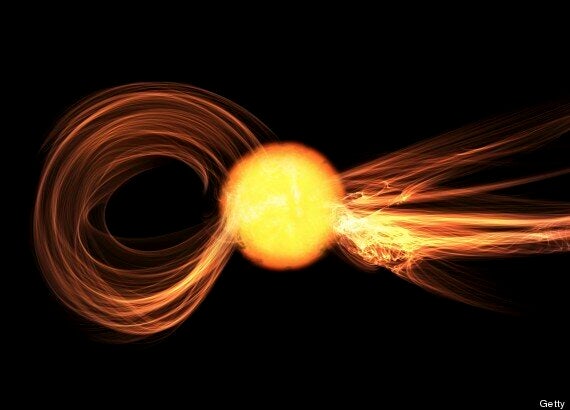A gigantic flare that grew in brightness 15 times in just three minutes reaching temperatures of almost 20,000 Kelvin has erupted into space.
Fortunately for us it was from a star 15.6 light years away, and not our own sun.
WX UMa is a 'flare star' located in the Ursa Major also known as the Great Bear constellation.

Solar flares are a common occurence but lack the intensity of the one observed from WX UMa
Flare stars are unpredictable stellar objects that increase their brightness incredibly quickly before suddenly dimming again.
The reason for these abrupt changes is due to instability within the plasma of the star which disrupts its magnetic field.
Vakhtang Tamazian, a professor at the University of Santiago de Compostela in Spain, said "A magnetic reconnection then occurs, a conversion of energy from the magnetic field into kinetic energy, in order to recover the stability of the flow, much like what happens in an electric discharge," reports Space.com.
Our own sun releases solar flares but not with the same intensity as a flare star.
Nasa's Solar Dynamics Observatory (SDO) records phenomena from the sun and has already witnessed a number of impressive flares this year.